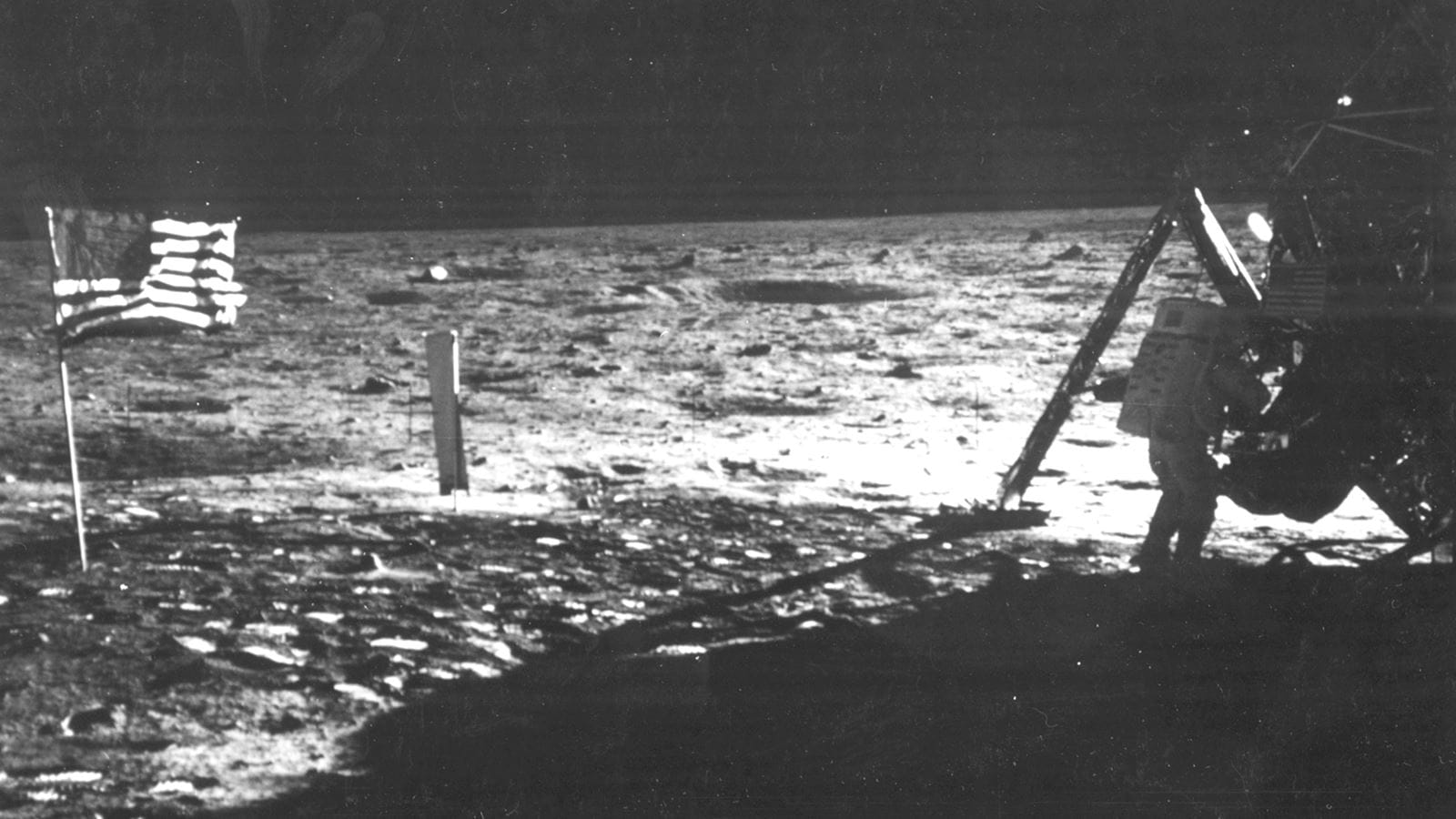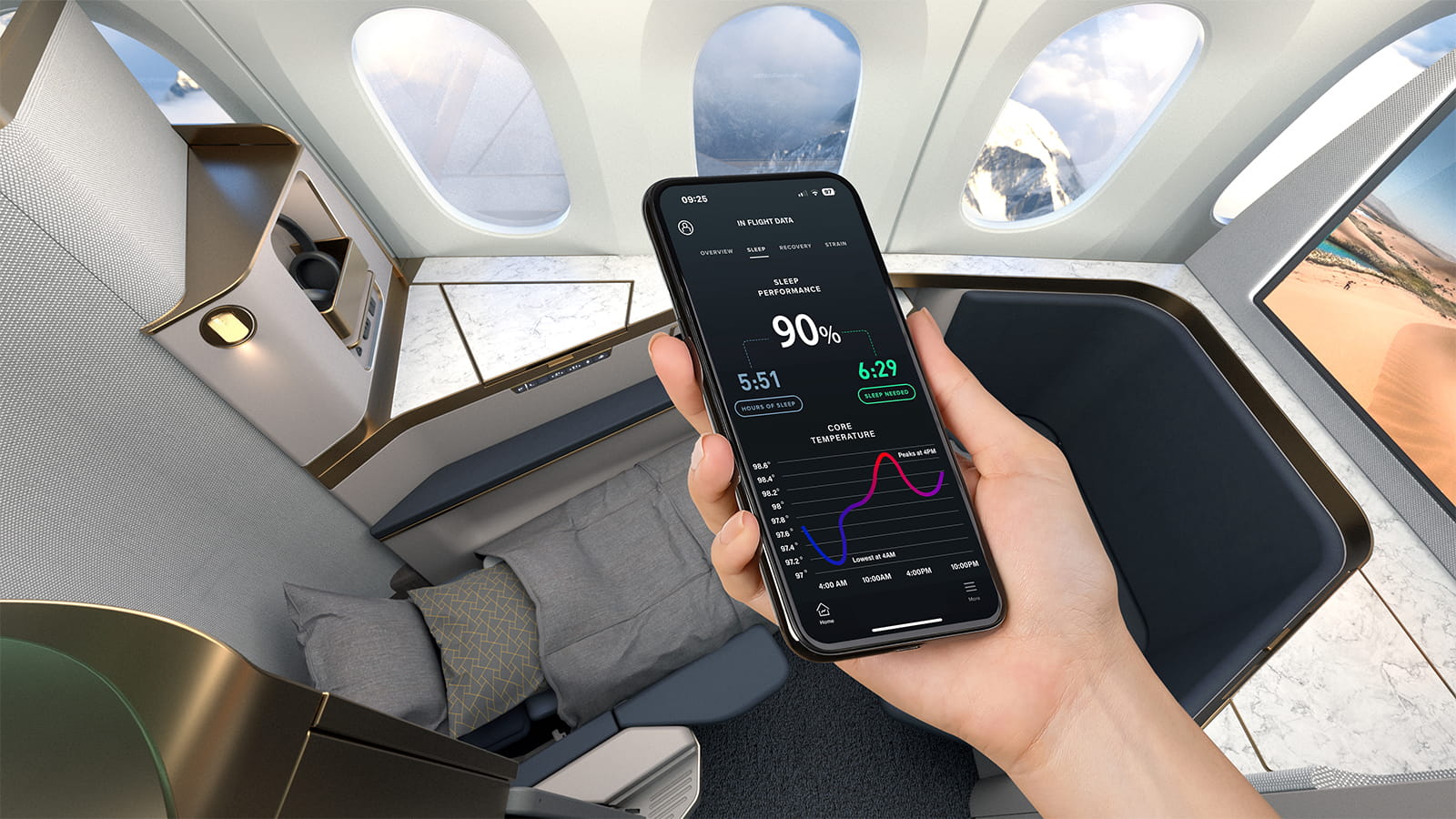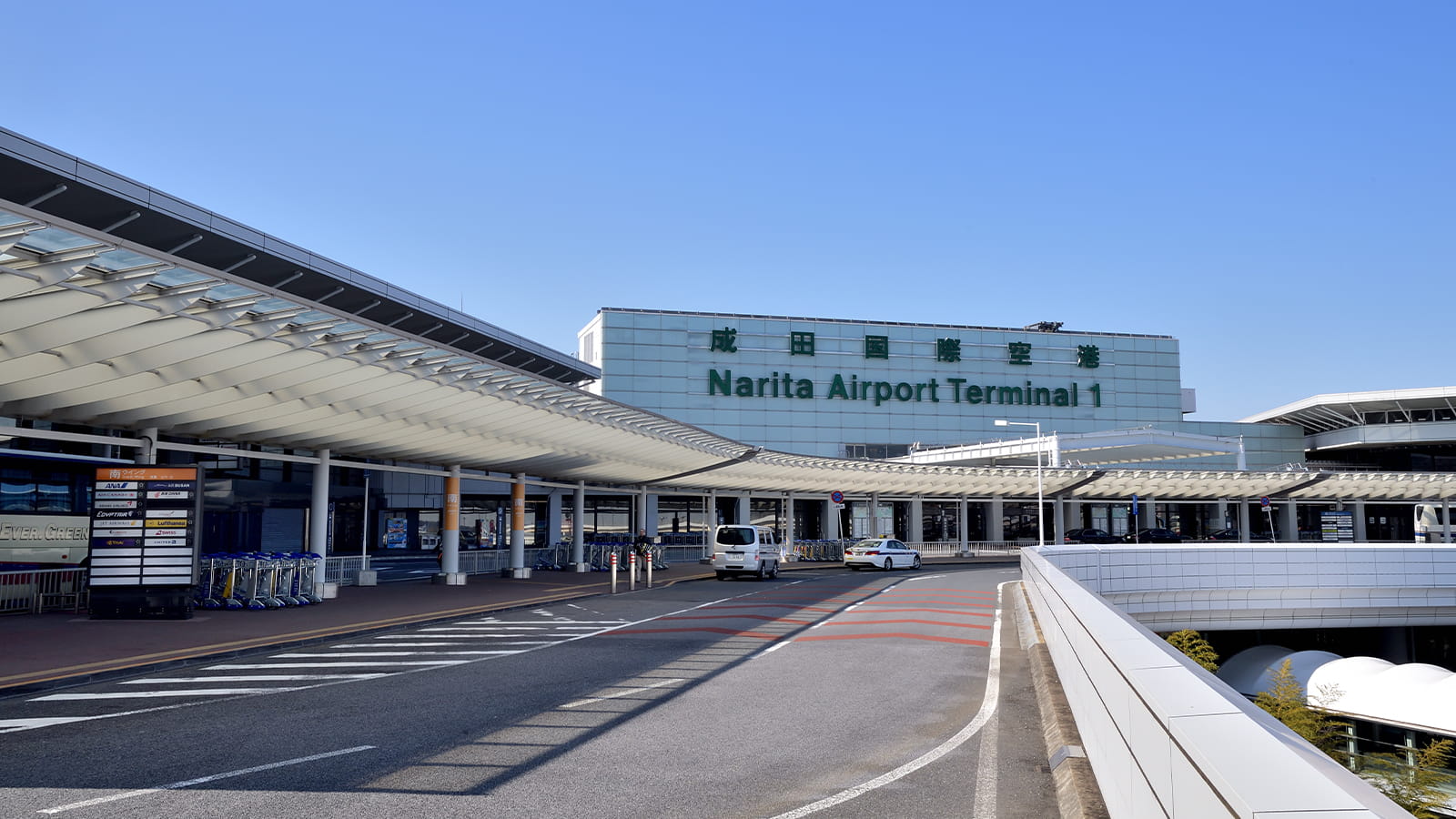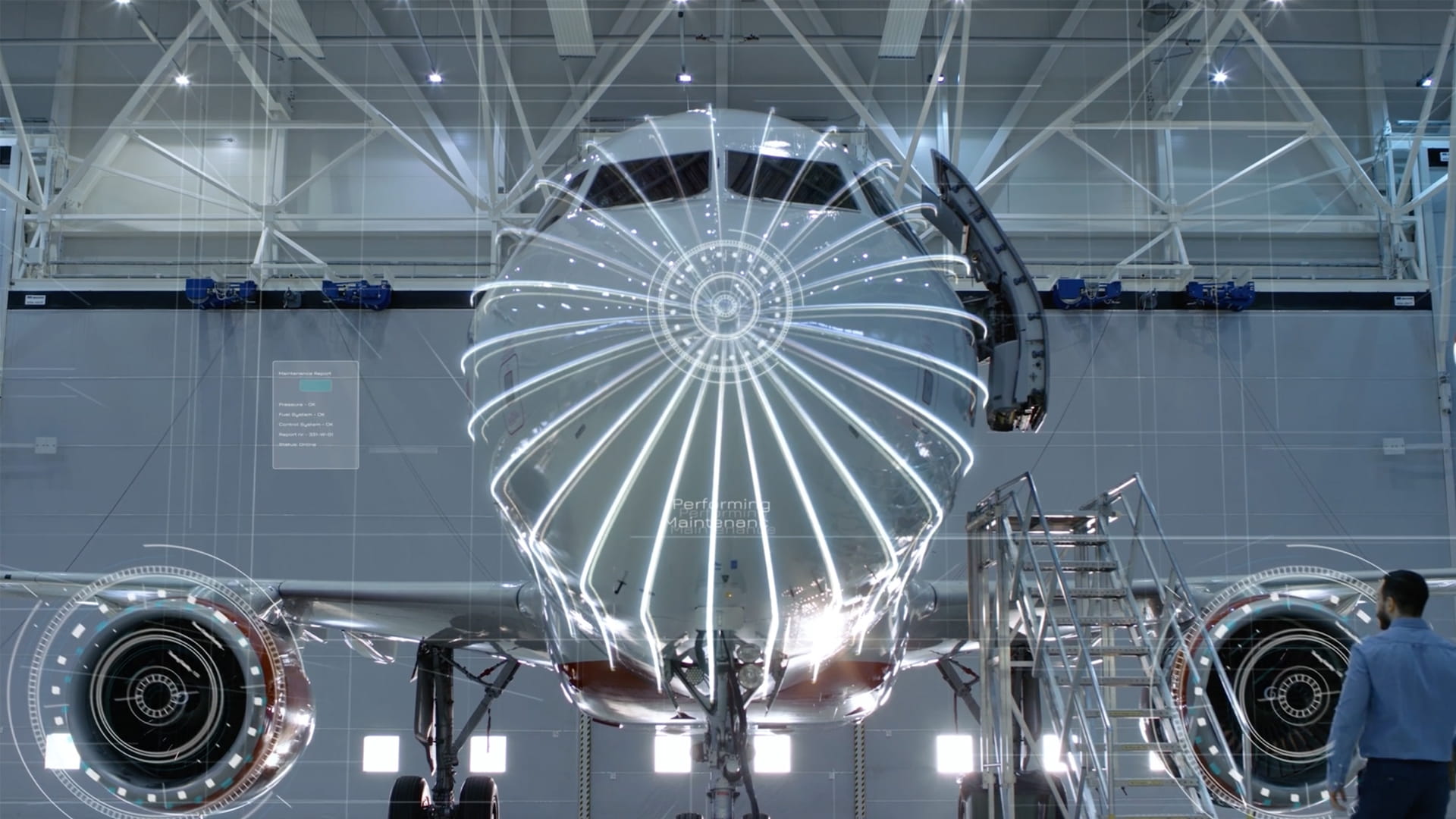Apollo 11: A mission that redefined space exploration
It's been 50 years since the world watched astronaut Neil Armstrong take humankind’s first steps onto the moon on July 20, 1969. Landing on the moon was a monumental accomplishment in history, redefining what was possible in human space travel.
The Apollo Space Suit
Hamilton Standard, which through subsequent acquisitions became Hamilton Sundstrand, then UTC Aerospace Systems, and now Collins Aerospace, was contracted by NASA to provide the Portable Life Support System (PLSS) for the Apollo space suit. The system pressurized the suit, provided oxygen, removed carbon dioxide, provided cooling and controlled humidity. The invention of “porous plate sublimation” by the company’s engineers in 1963 was also a key component to provide heat rejection capability to the suit.
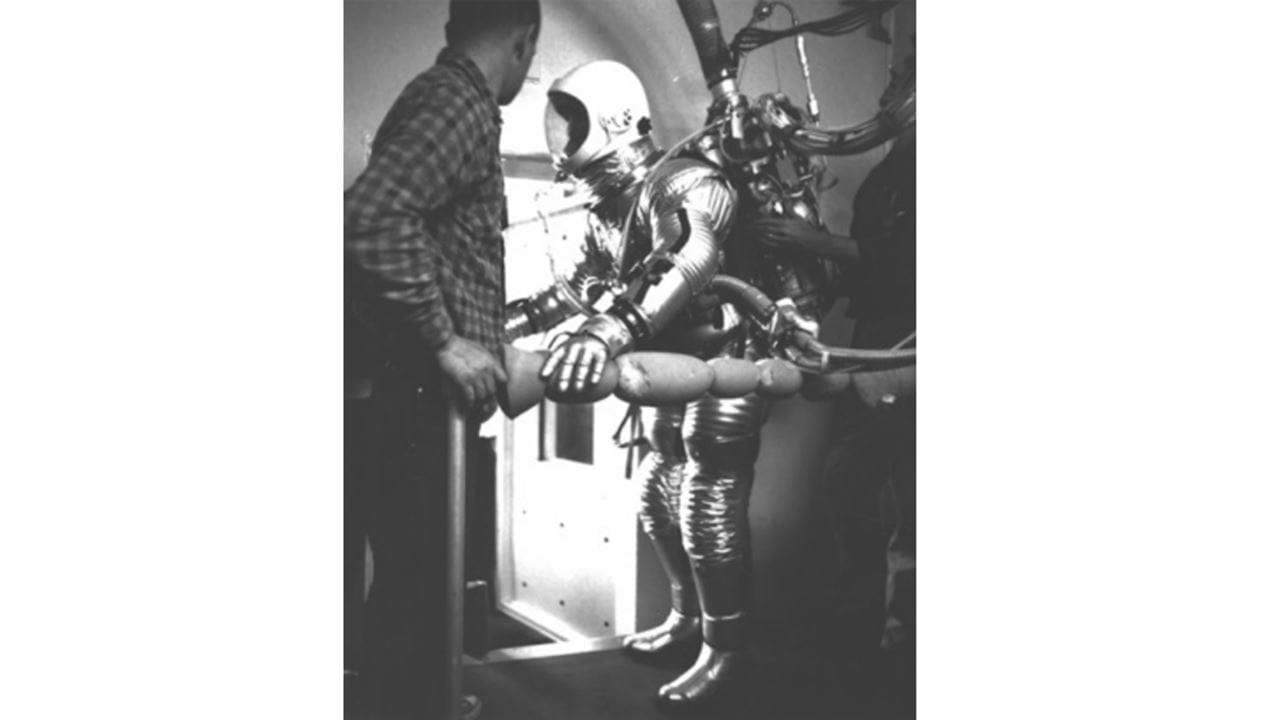
The first Portable Life Support System (PLSS) undergoes its inaugural human test in late 1963.
Another significant contribution to the suit was the invention of the Liquid Cooling Garment, which utilized approximately 300 feet of flexible tubing. The suit pump circulated cooling water through the tubing, allowing heat to be transferred away from the crew person and eventually exhausted into space.
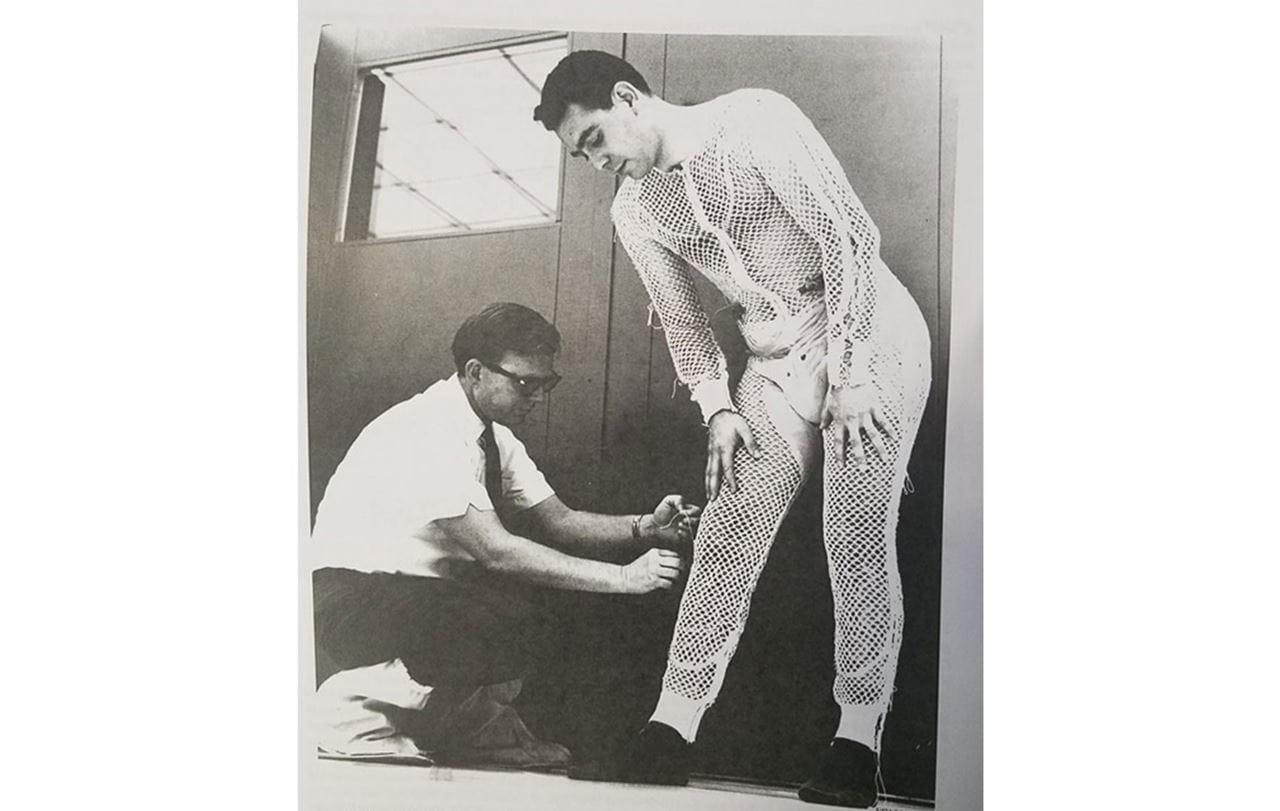
An early Liquid Cooling Garment prototype for the Apollo space suit.
This same technology is still in use today in the Collins Aerospace’s Extra-Vehicular Mobility Unit (EMU), the current NASA space suit.
Lunar Module Environmental Control System
Collins Aerospace’s work in providing environmental control and life support systems for space also has roots in the Apollo mission. The Lunar Module, which separated from the Command Module to make its landing on the moon, had an environmental control system developed by Hamilton Standard to provide the life-sustaining atmosphere onboard the spacecraft.
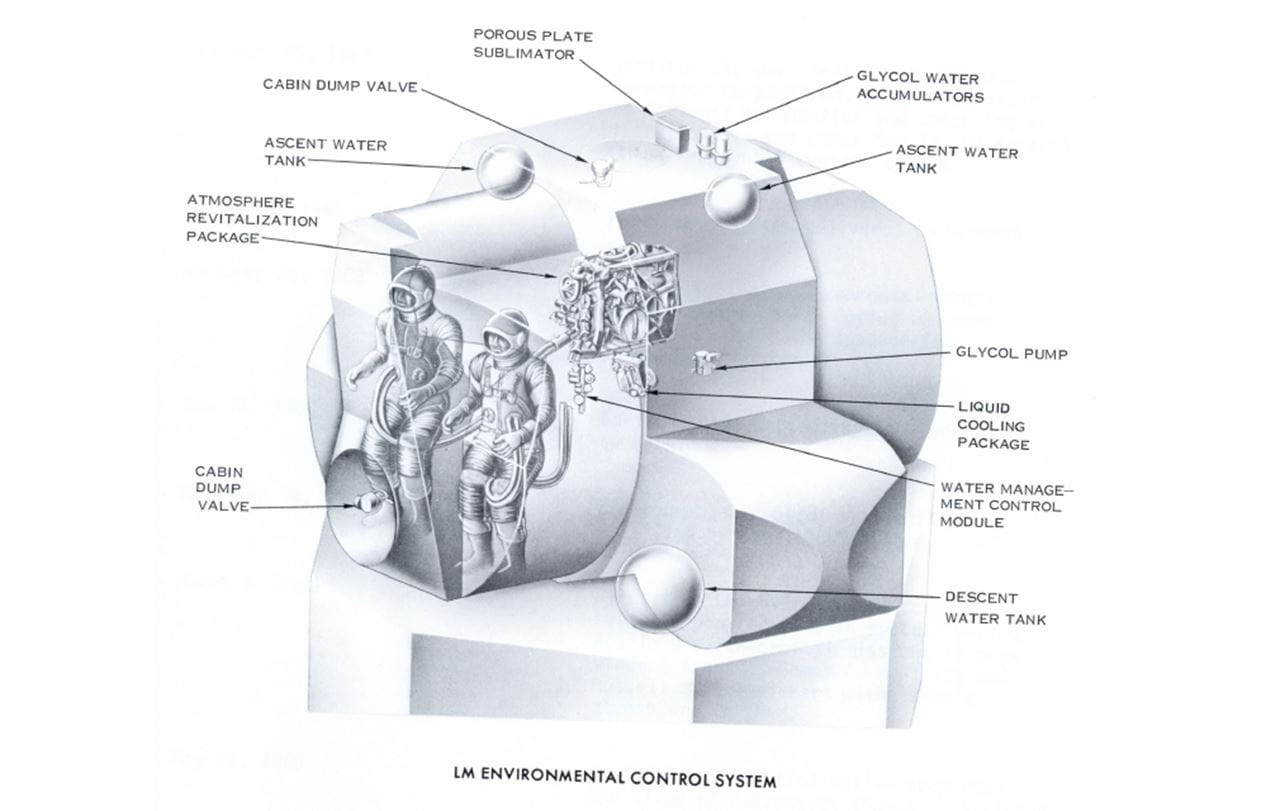
Apollo Communications
When Neil Armstrong spoke the famous words, “That’s one small step for (a) man, one giant leap for mankind,” over 600 million television viewers across the world were able to hear and see it thanks to the communications technology provided by Collins Radio, known today as Collins Aerospace.
Founder of Collins Radio, Arthur Collins, said in an interview at the time about the video signal: “It was certainly very impressive. It represented a remarkable accomplishment in that it is a narrowband video channel, much less bandwidth than normally required for television.”
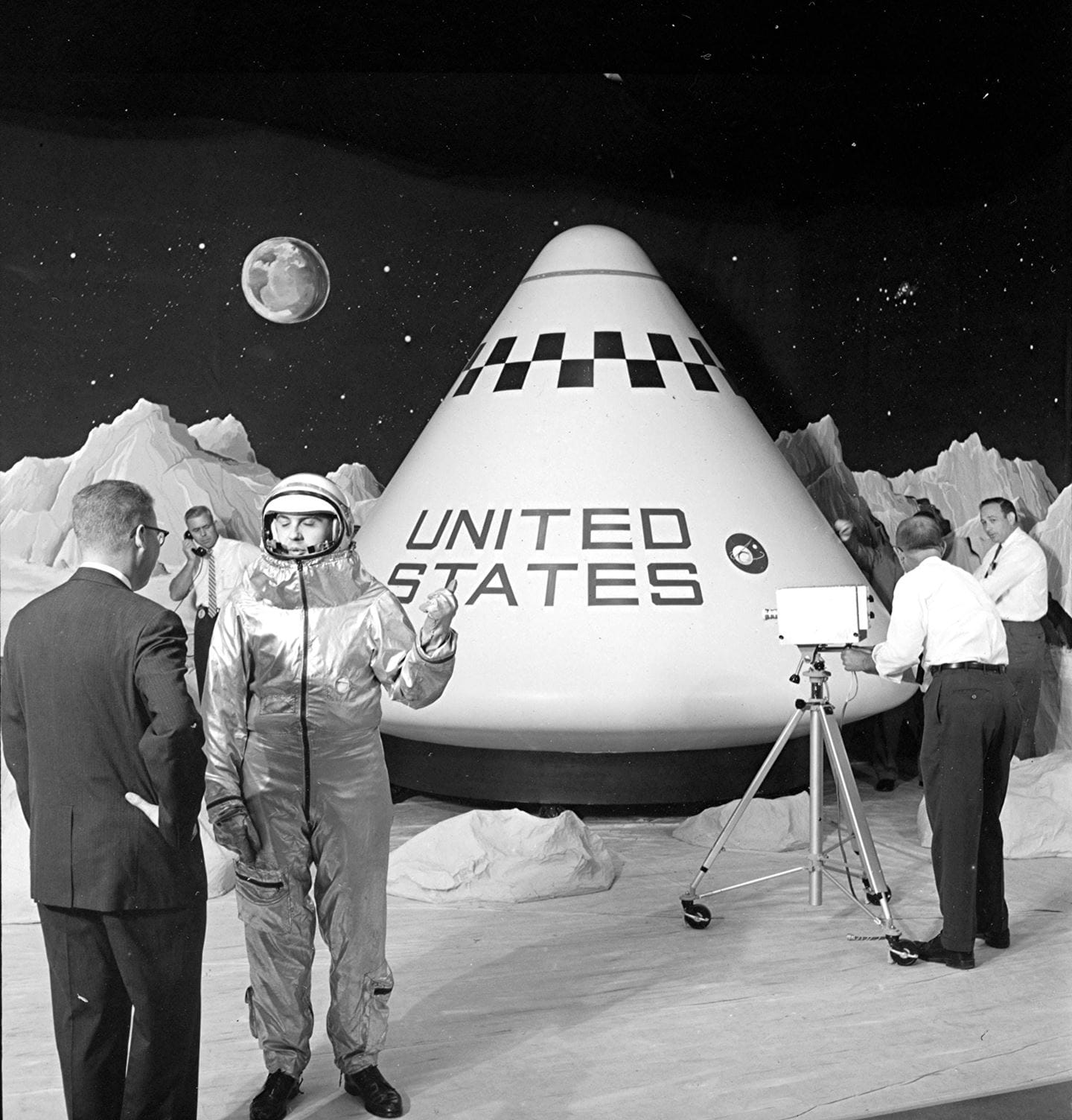
A mockup of the Apollo capsule used in a Collins Radio laboratory to test a prototype T.V. camera on the scene.
For the Apollo program, Collins Radio was contracted to provide all communications between astronauts and the Houston Command Center, as well as provide equipment to transmit the data from the sensors monitoring the spacecraft, the astronauts and the space environment.
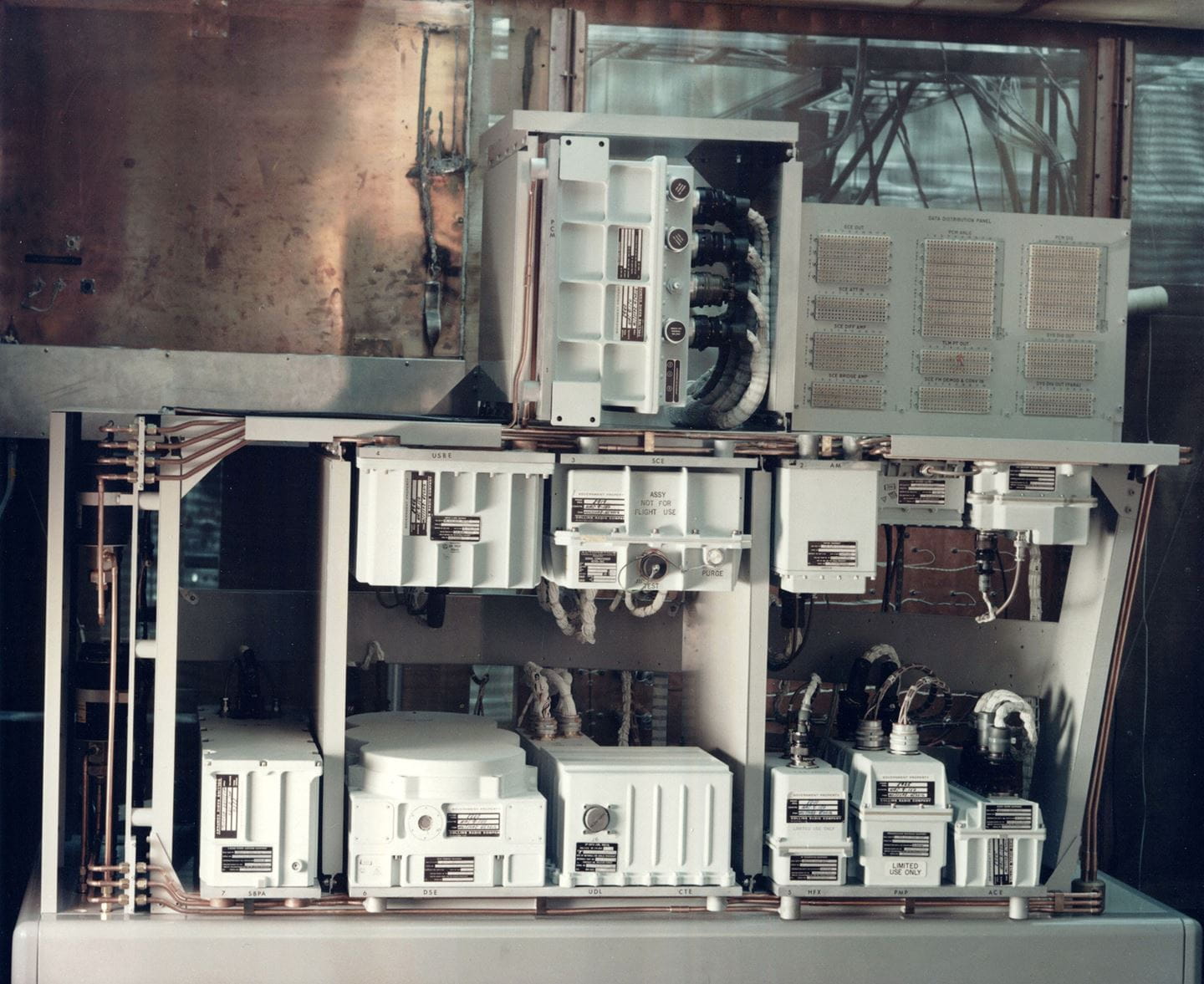
The Apollo Command Module communication equipment suite in a Collins lab.
In order for the communications to be transmitted and received, Collins developed a worldwide network of 15 tracking stations that kept the Apollo spacecraft in contact with mission control. Called the Unified S-Band System, it also helped determine the spacecraft’s position.
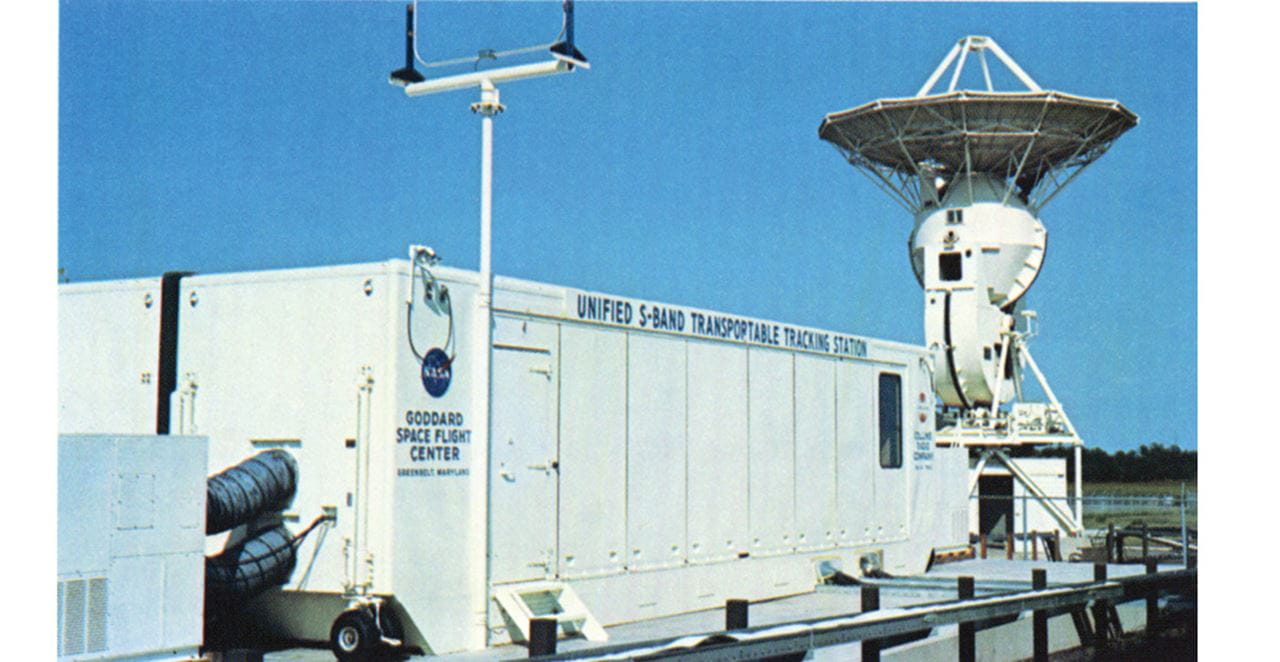
Each tracking station, including a 30-foot diameter antenna and electronic equipment, was designed, constructed and installed by Collins.
A Continued Legacy in Space
With hardware on every crewed NASA platform and content on every space suit since the Apollo program, Collins Aerospace has been enabling life and communications in space for more than 50 years. Today, Collins environmental control and life support systems enable habitation of the International Space Station and will be critical to future missions of the Orion spacecraft and the CST-100 Starliner.
As the United States and other international consortia consider returning to the moon and even going beyond to Mars, Collins Aerospace continues to advance the technologies needed for longer-term transit, exploration and even planetary habitat. These include advanced suit technologies and environmental control and life support systems that will enable longer-duration exploration missions into deep space.
Learn more about how Collins Aerospace is contributing to the future of space exploration and research:
Collins Aerospace to provide Earth-like atmosphere on Boeing’s new ‘space taxi’ for NASA

